News
Helping Wildlife in Winter
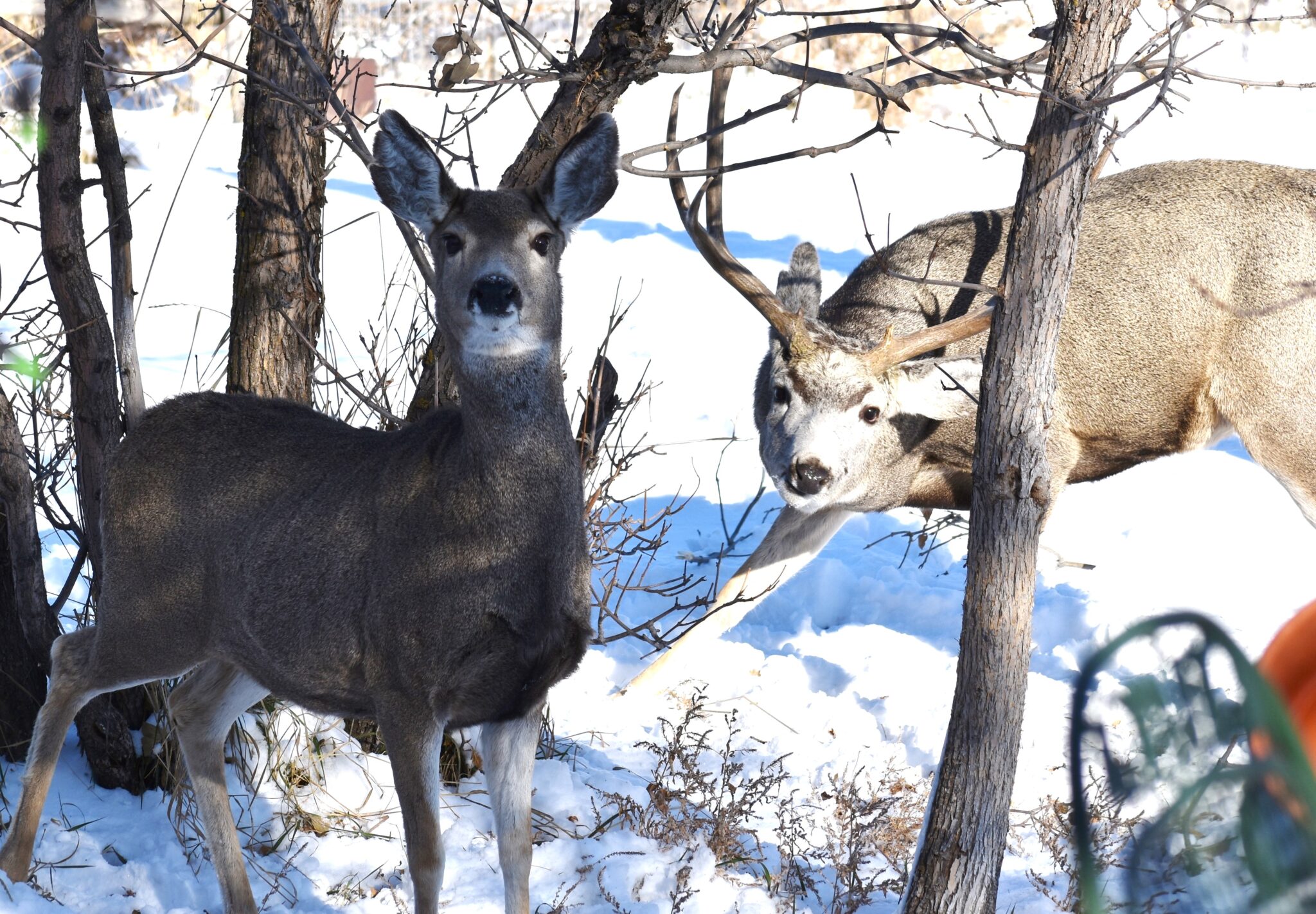
When the temperature drops and the snow piles up in drifts and covers the grass and brushes in the hills, people began to wonder, will the wildlife survive okay?
Although one might be tempted to put out feed for deer in the winter months, it is not recommended and even unlawful with the Sheridan city limits.
Sheridan City Ordinance 6-40 states: It is unlawful for any person to knowingly or intentionally provide supplemental feed to the following wild animals and fowl: deer, antelope, elk, moose, turkeys, ducks, geese, pigeons, coyotes, bears, wolves, foxes, raccoon, skunks, and feral cats.
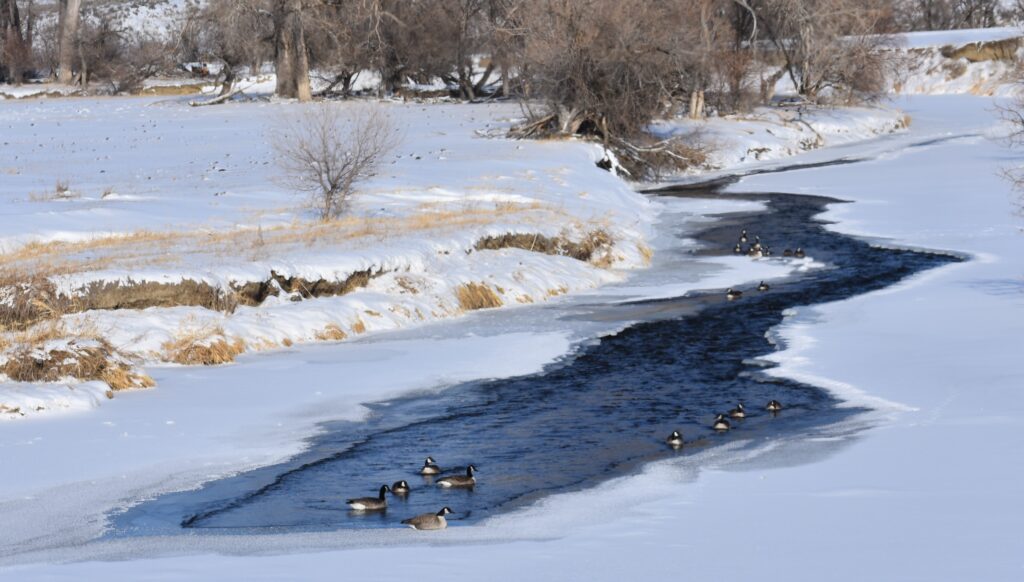
The term ‘supplemental feeds’ means human food, pelleted forage feed and hay, mineral supplements, grain, and birdseed, but does not include incidental food sources, lawns, gardens, or feed that the deer find because of a livestock owner feeding their livestock, or the practice of raising and harvesting grain for domestic livestock.
Also excepted are people feeding birds, when the deer or other animals find the excess food and eat it.
Instead of helping deer during the winter, Christina Schmidt, Wyoming Game and Fish Sheridan Region Information and Education Specialist Public Information said:
She added that mule deer are highly selective foragers. She said there are specific types of bacteria in their rumen that are required to aid in the digestion of naturally occurring foods. This bacteria changes slowly during the year.
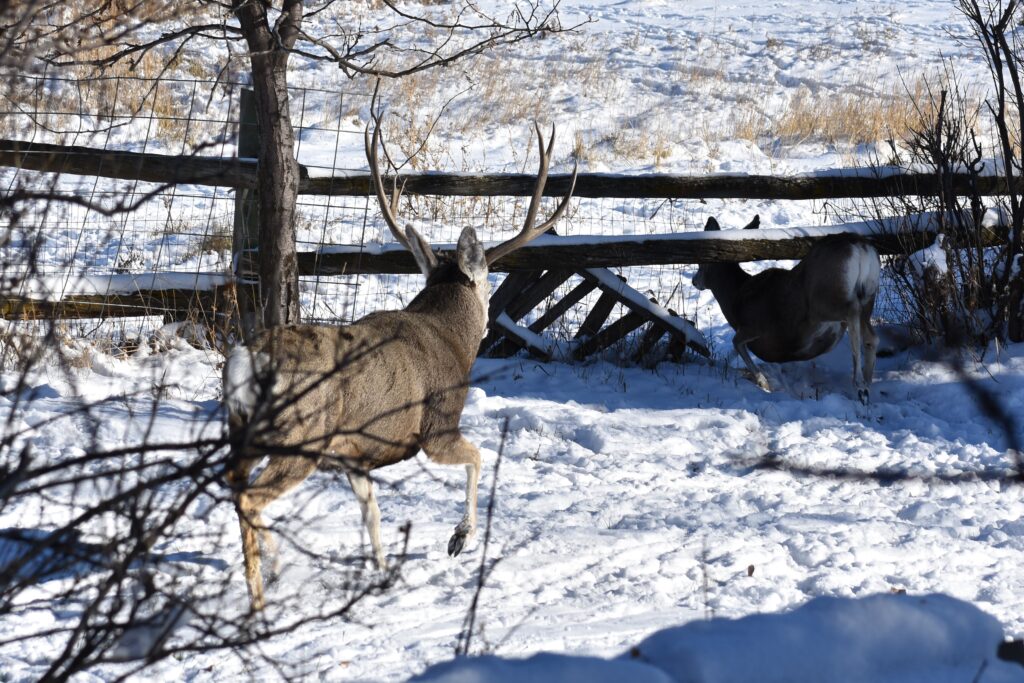
In the spring the bacteria help to digest new, green feed and in the fall it changes to a different, more specialized bacteria that allow deer to digest the dryer, woody bushes available in the winter. It the deer eats other feed, such as hay or grain, the bacteria can’t change quickly enough to allow the rumen to break down the new foods, and the deer will essentially die of starvation.
When feeding livestock, and the deer come to eat the leftover feed, that cannot be helped, but the game and fish does not recommend actively feeding deer. Beside the difference in foodstuffs, there are other consequences to feeding deer, such as disease, and parasites transmission that may happen when deer congregate together.
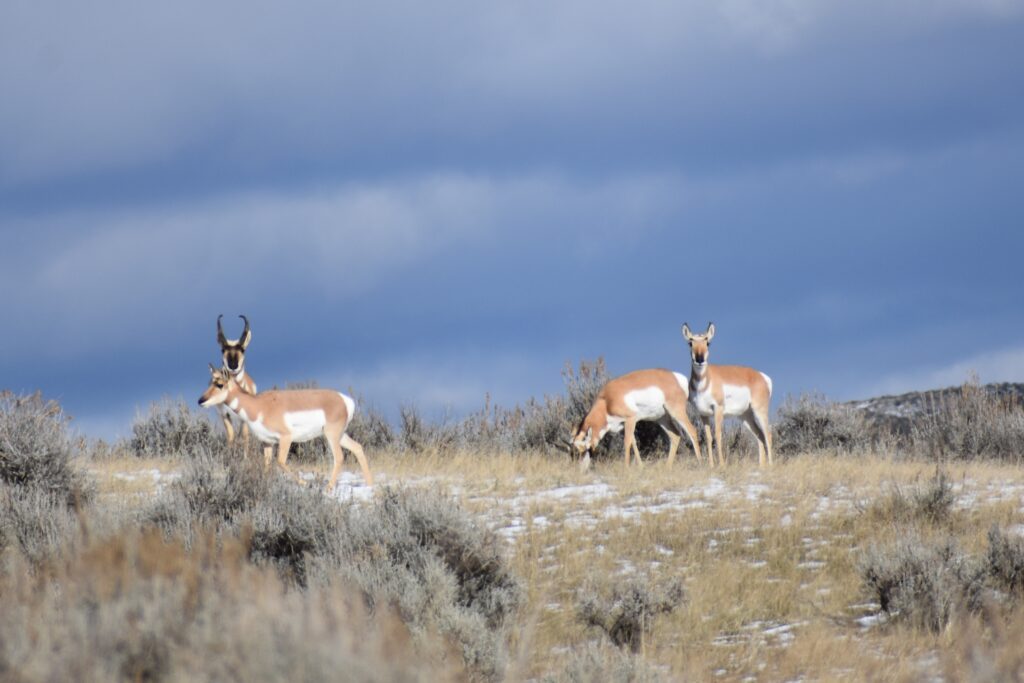
Predators can also be attracted to deer feed grounds. Cougars, coyotes, and other predators follow their food source, which is deer.
There have been incidents of mountain lions coming close to towns, including Buffalo and Sheridan, and in some states coyotes have attacked pets and even small children.
She added that the deer may create a hazard for motorists if crossing roads to and from the feed area, especially when driving on slick roads and in low light situations. She had this advice for drivers, slow down, and watch for deer. Often if one deer crosses the road the driver should check to make sure there is not another one following.
She one of the best things people can do to help wildlife in winter is:
Open water, however, is essential for all wildlife year around. Water can be provided by using an electric stock tank heater, chopping ice to open a water hole, or using heated water bowls.
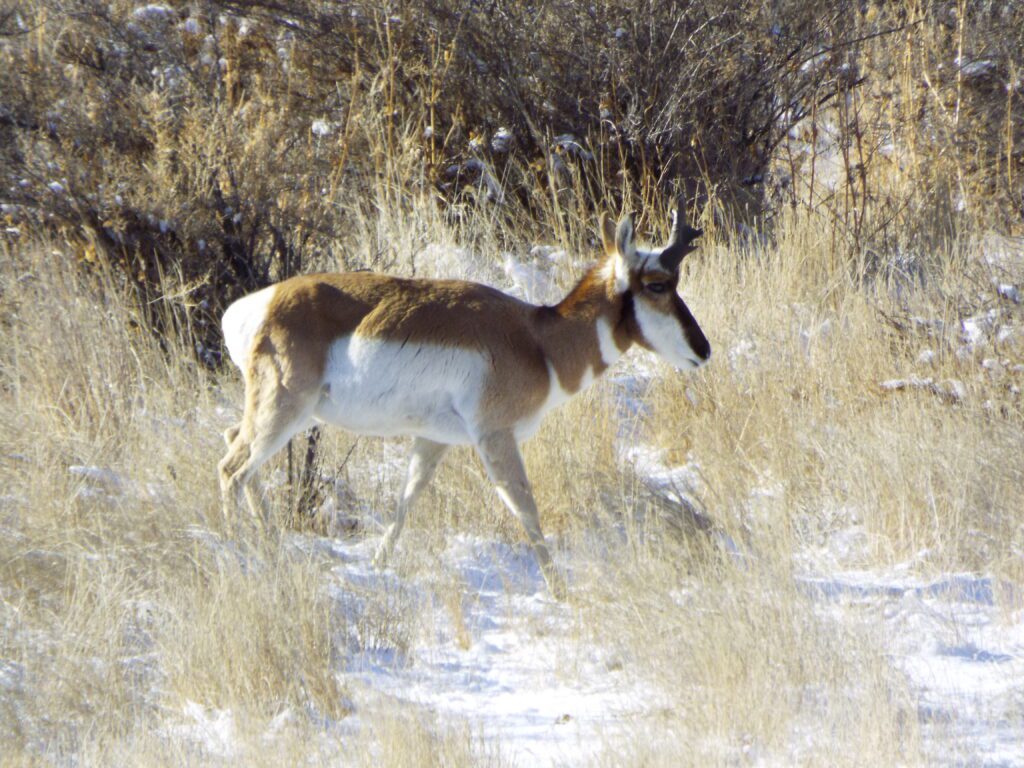
She also had this tip for landowners to help wildlife, especially pronghorn.
We live with wildlife in Wyoming. These tips will help to keep the wildlife and we humans, safe during the cold winter months.

